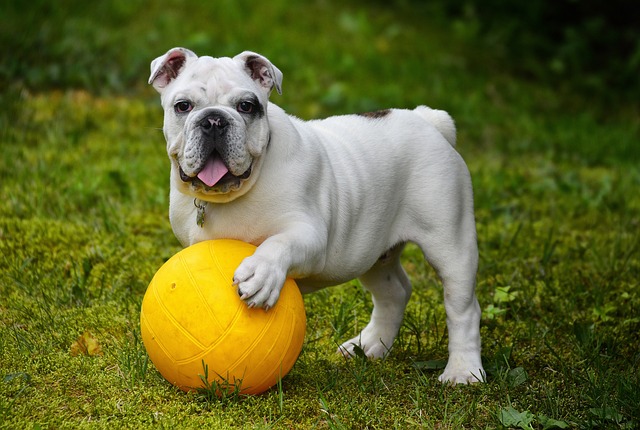
How can I tell if my dog's heatstroke is serious
Let’s be real: It’s a sticky August morning in Los Angeles, and you took your 2-year-old Golden Retriever, Max, for a walk a little later than usual
Can I feed my dog homemade dog food every day? If you’re a new dog parent in the US, you’ve probably scrolled through Pinterest, eyeing recipes with fresh chicken and veggies, and thought, “Why not skip the kibble and cook for my pup?” It’s a sweet idea—who wouldn’t want to serve their furry friend something homemade? But the answer depends on one big thing: balance. Let’s break down what you need to know.
Dogs, like us, need a mix of nutrients to stay healthy: protein for muscles, fats for energy, fiber for digestion, and vitamins like calcium (for bones) and omega-3s (for coats). Commercial dog food is formulated to hit all these marks, but homemade meals? They can miss the mark if you’re not careful. Veterinarians call this “nutritional gaps”—for example, too much chicken and not enough calcium can lead to weak bones in growing puppies. My cousin learned this the hard way: she fed her Beagle only cooked ground beef and rice, and after 6 months, he developed joint issues. A vet-recommended add-in of powdered bone meal fixed it, but it’s a reminder that “fresh” doesn’t always mean “balanced.”
So, if you want to try homemade, start with a pro. Ask your vet or a board-certified animal nutritionist for a recipe—they’ll tailor it to your dog’s age, breed, and activity level. A basic safe mix might include: 50% lean protein (cooked chicken, turkey, or fish—no bones!), 25% whole grains (brown rice, quinoa), 20% veggies (carrots, green beans—steamed, not raw), and 5% healthy fat (a drizzle of olive oil). Avoid toxic foods: onions, grapes, and garlic are big no-nos, and xylitol (in some peanut butters) is deadly. Serve portions based on their size—my 30-pound terrier gets 1 cup total per meal, split into two feedings.

Now, let’s tie this to real-world rules. First, compliance: Even a home-fed dog needs up-to-date rabies vaccines—every US state requires it, and cities like Denver fine owners who can’t prove it. While prepping meals, don’t skip the basics: carry poop bags on walks (fines in Boston hit $200 for leaving messes) and keep their tags current.
Culturally, remember that mealtime is about bonding, not discipline. Never withhold homemade food as punishment—that contradicts positive training. If your pup turns up their nose at a new recipe, mix in a little of their old kibble instead of scolding. A happy eater is more likely to respond to “sit” or “stay” during walks, after all.
Living in an apartment? Keep homemade meals mess-free. Store pre-portioned servings in sealed containers to avoid fridge smells that annoy neighbors. And when walking, a well-fed dog with steady energy is less likely to pull or bark—good nutrition makes for better community etiquette. Stick to quiet feeding times (not 5 a.m.!) to avoid clattering bowls waking up neighbors.
Homemade dog food can work—if you do it right. With a vet’s recipe, careful prep, and a watchful eye on their health, you can serve up love in a bowl. Just remember: balance beats “fresh” every time.

Let’s be real: It’s a sticky August morning in Los Angeles, and you took your 2-year-old Golden Retriever, Max, for a walk a little later than usual

You're enjoying a summer afternoon at the park when you notice your dog has stopped panting and appears disoriented - their gums are bright red

Let’s paint the picture: You’re in your Denver apartment, watching your 4-year-old Boston Terrier, Ruby, plop down mid-play session with her favorite toy

Many dog owners notice their pets nails seem shorter after regular walks,but how much does this daily activity actually help?The answer depends on where you walk—concrete sidewalks or asphalt streets gently file nails as a dog's paws hit the ground

Most dog owners notice their pup scooting across the carpet at some point, but few connect it to impacted anal glands. These small sacs near a dog’s rectum secrete a scent for marking territory

Most vets agree that regular dog teeth cleaning is key to avoiding painful dental issues later. For healthy adult dogs, a professional cleaning at the vet’s office every 12 to 18 months usually works well.